Tropical Panama is a popular destination for visitors seeking some sunshine – and, given the strength of that sunshine, some icy Panamanian drinks to go with. Considering that Panama ranks among the top 20 gin-consuming countries in the world, you can bet that gin will make an appearance.
History
Of course, when talking about Panamanian drinks, it may be rum that first comes to mind. Make no mistake: down here, we’re in the land of the sugarcane, and fermented sugarcane juice is the beginning of many a beautiful distillation.
The production of rum in Panama dates back over 100 years to the very start of the 20th century, when one of the country’s most prominent distilleries, Varela Hermanos SA, was established by Spanish immigrant Don José Varela Blanco. Today, Panama’s aged rums rank among the world’s best.
But it’s not as if Panamanians weren’t drinking alcohol prior to 1908. In fact, the country is home to its own surprising indigenous drink – chicha fuerte, made traditionally in earthenware vessels from germinated corn. Back in the old days, the corn was chewed and spit out to kick-start the fermentation process. That technique may not adhere to today’s health codes, but it’s certainly a testament to the rich history of ancestral Panamanian drinks.
What do they drink:
In the modern age, chicha fuerte has largely fallen out of favour in place of rum, beer, and other tipples. But there’s another Panamanian drink that’s beloved by locals, and which gin lovers can well appreciate: Seco Herrerano.
Seco Herrerano can best be described as an unaged rum: typically made from distilled sugarcane juice, it’s clear and virtually odourless, though flavourings are sometimes added. The spirit is typically used in place of gin, vodka, or other spirits in cocktails – though, as one Panamanian distillery was inspired to do, it can also be used to make gin.
Though still reputed for its rum, Varela Hermanos SA also produces Caballito, an extra-dry gin made from a neutral alcohol fermented from sugarcane juice. Juniper and other botanicals are added to differentiate it, but the uncommon tactic distinguishes Panamanian gin production. It also makes Caballito by far the most consumed gin in the country.
…the country is home to its own surprising indigenous drink – chicha fuerte…
How do they drink it:
Nightlife in Panama is typically characterised by loud music and wild dancing, which makes shots and simple, sweet drinks popular among revellers.
However, there’s a burgeoning number of upscale cocktail bars in Panama City, most of them located within the capital’s chic hotels, where one can find classic cocktails and traditional Panamanian drinks. The roof bar at the Tántalo Hotel is ranked among the city’s best, and is a reliable locale for well-mixed sips. Likewise, the bars at the Manrey Boutique Hotel and 54 East Bar at the Grace Panama are both sophisticated and well-stocked.
Recipe
Inspired by Varela Hermanos SA, the following recipe adds a citrusy feel to the brand’s gin. This is an excellent place to start for someone curious about Panamanian drinks.
El Jinete (The Horseman)
1 ¼ ounces of gin
Freshly squeezed grapefruit juice to taste
1 ounce simple syrup
Soda water
In a highball glass, add the gin, grapefruit juice, and simple syrup and stir with a bar spoon to blend. Fill to the top of the glass with ice and stir again. Top up with soda water and garnish with a grapefruit twist.
